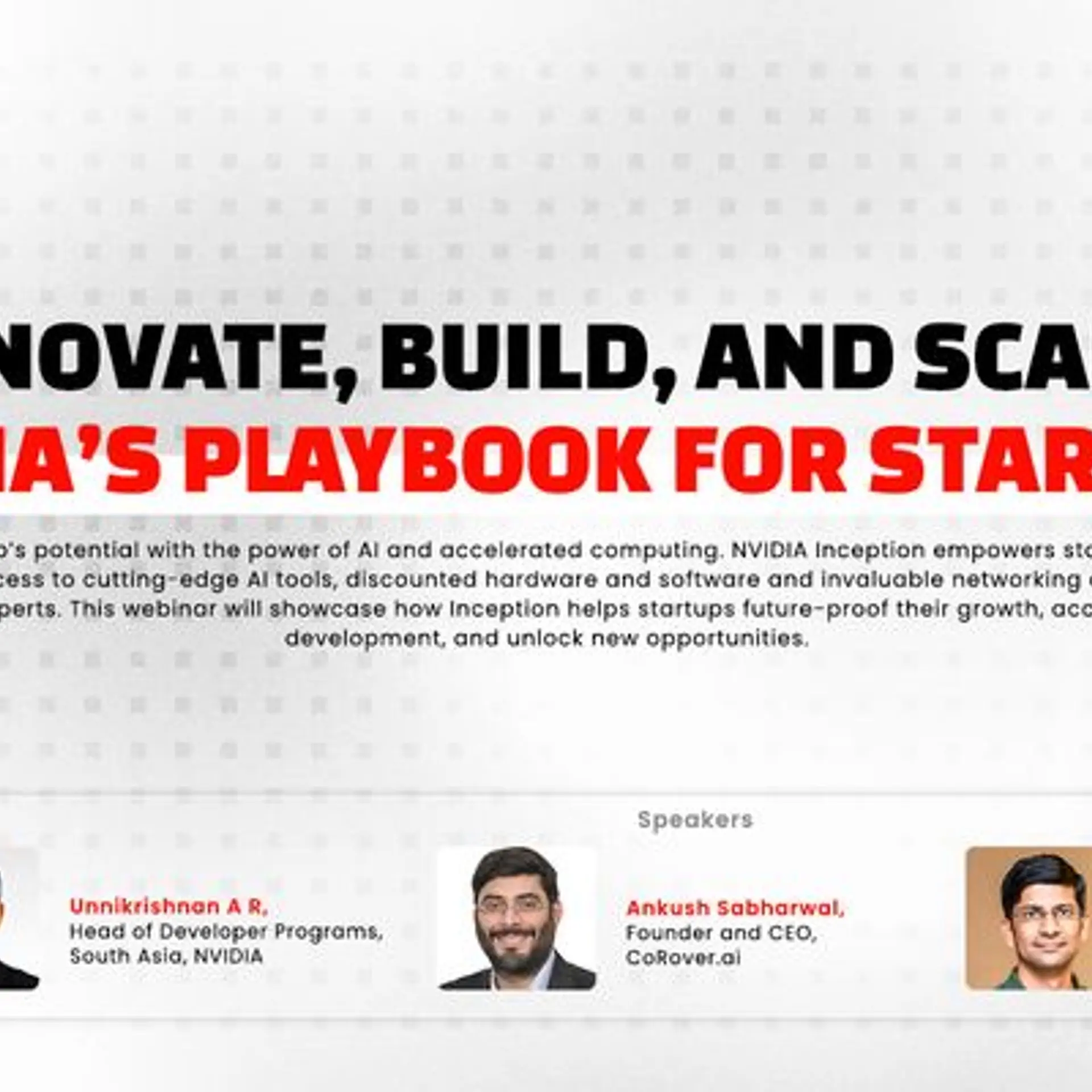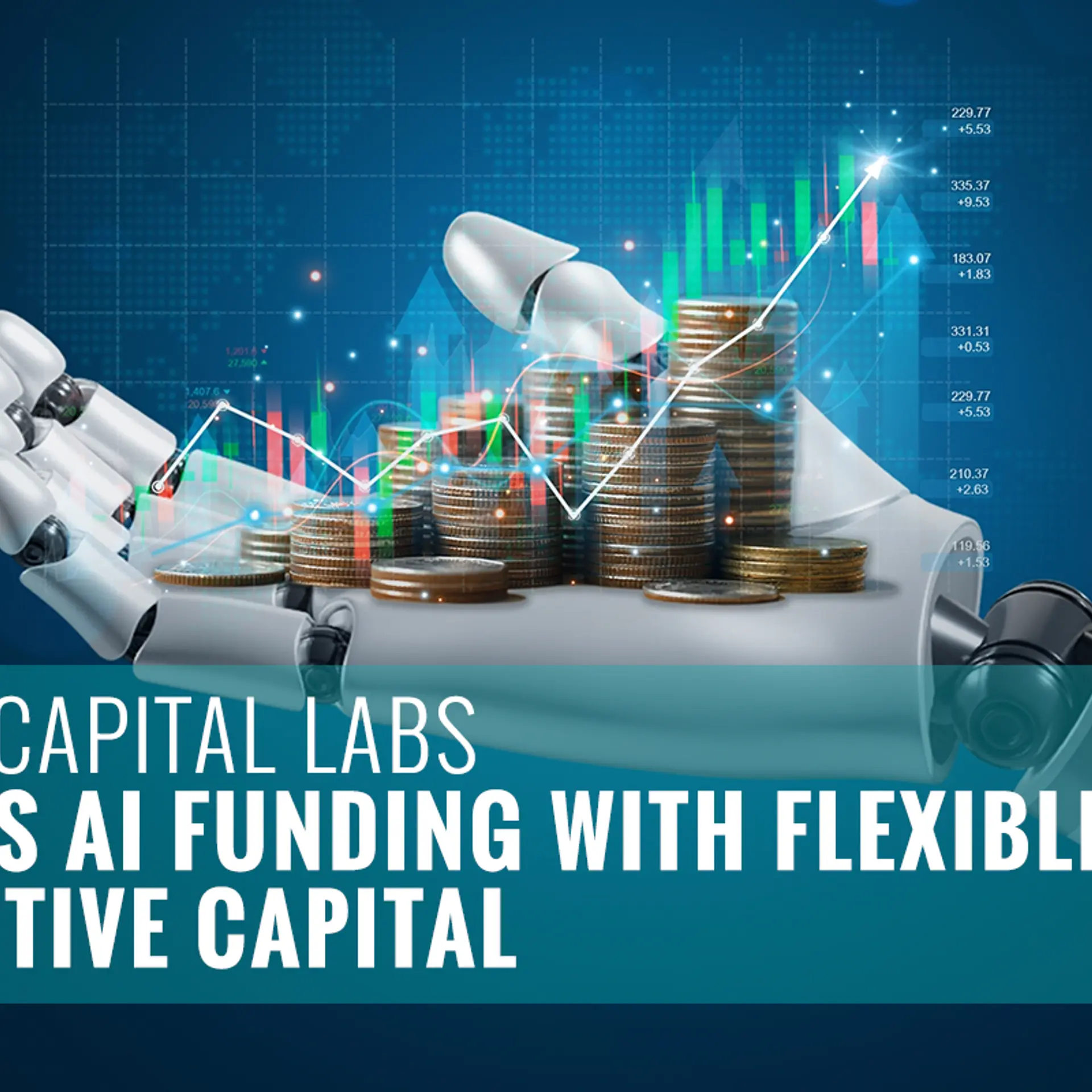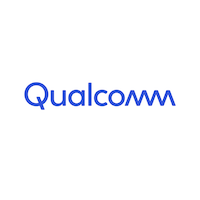
Qualcomm
View Brand PublisherStellapps’ tech takes India’s ‘White Revolution’ to the cloud
When five techie friends quit Wipro six years ago, the last thing they expected was to end up in the dairy sector. Fast forward to 2017 and here they are, taking India’s ‘cattle class’, as it were, to the cloud. Their startup, Stellapps Technologies., prides itself as India’s first dairy technology solutions company, building automation tools integrated with cloud, mobility, and data analytics for dairy farms, cooperatives as well as private dairies.
Ranjith Mukundan, Ravishankar G., Shiroor Praveen Nale, Ramakrishna Adukuri, and Venkatesh Seshasayee started their own white revolution in 2011, when the Internet of Things (IoT) was emerging as a disruptive technology. “We figured it was the right time to use it to solve problems across verticals. Agriculture and dairy appeared the most potent, so we decided to stay focussed on the sector,” says Ranjith, who is Stellapps’ CEO.
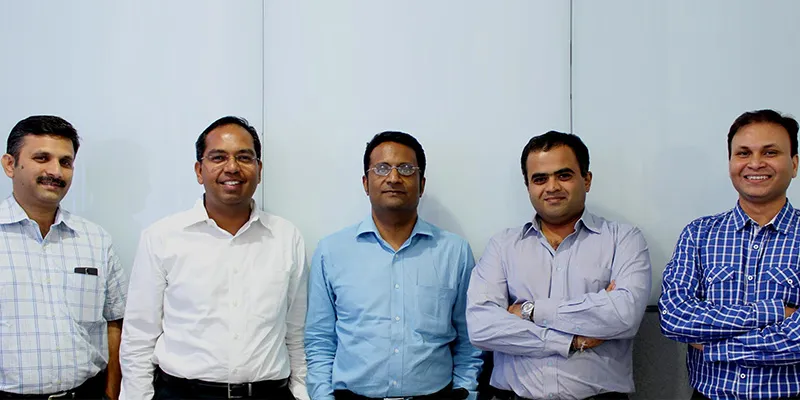
Stellapps is developing a line of connected products and solutions to optimise the agricultural supply chain across milk production, milk procurement, cold chain, animal insurance, and farmer payments.
This includes facilitating the right kind of infrastructure and housing for cattle, to tracking each individual animal’s health and yield through a wearable device, measuring parameters such as quantity and quality of milk yielded and monitoring conditions under which the milk is stored, transported and distributed.
Their aim is to help dairies with an overall improvement in quality, led by higher milk yields, reduced pilferage, better herd health and lower insurance premium. This, in turn, reduces costs and leads to increased farmer loyalty.
As with most startups, their journey has had its ups and downs. “None of us were from an agri/dairy background, so we had to spend a lot of time understanding the vertical to be able to apply our full IoT stack to it. [But] our lack of experience was an advantage as well: we were able to look at the problems from a fresh perspective,” Ranjith points out.
Another challenge was access. Given that their primary client base lives away from the cities, deployment, support and maintenance was quite a task, given the amount of travel involved.
Moreover, government control (40-45 percent of the dairy market is still regulated) meant having to cut through red tape and finding a way to work with the milk federations and unions. The team had to educate farmers on strict adherence to quality control, traceability, supply chain and cold chain optimisation protocols as the existing standards were abysmal.
“In this segment, customers expected software cloud services to be free; that was –and still is – a challenge that we are trying to surmount,” adds Ranjith.
During their initial field visits—and this was before they had decided on which sector to focus on—they ran into an organic milk provider. A conversation with him about the challenges he faced had them wondering if dairy was a sector worth exploring. That set the ball rolling. “The field visits, coupled with our conviction that this sector lends itself well to IoT’s problem-solving capabilities, and the fact that it looked like a highly scalable segment business-wise, helped us make our decision.” Ranjith adds.
Initially, the quartet pooled in their own money and with help from friends and family raised nearly $200,000. In July 2013, Omnivore Partners came on as a Series A investor. So far, Stellapps has raised $3.38 million. The startup, which is incubated at IIT-Madras Rural Technology Business Incubator (RTBI) (now merged with IIT-M Incubation Cell), is in the process of raising Series B funding.
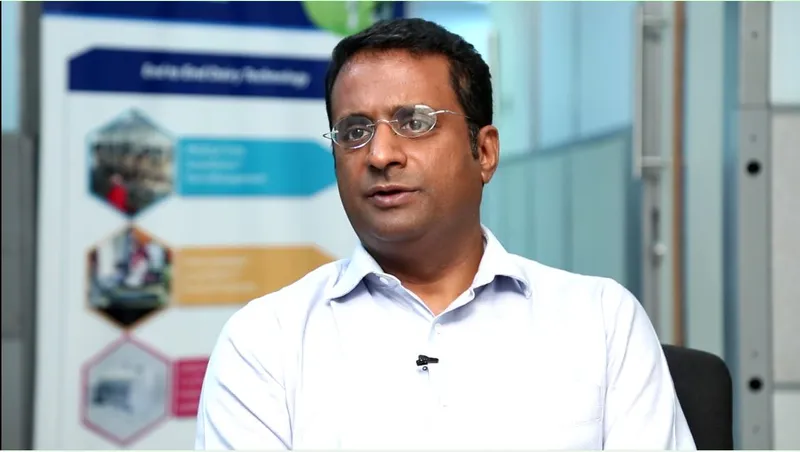
StellApps’ flagship IoT stack goes under the brand name, SmartMoo™ which is a smart delivery platform and consists of
- a data cloud that acquires data via sensors embedded in milking systems,
- animal wearables
- milk chilling equipment
- milk procurement peripherals, and
- farm management equipment
There’s also SmartFarms™, a cloud-based farm and herd management system for animal recording, productivity, peak-yield management and healthcare. Farmers can track each animal’s health through an animal-wearable/activity meter called ActiTrak.
Another solution is an electronic milk meter called MilkTrak, which measures the temperature, conductivity and yield when the cow is being milked. Currently, this product has some 200 customers who are supporting 350,000+ farmers across India, Kenya (Smart Dairy-Netherlands), and Nepal (Sri Laligurams).
Another product, ConTrak™, is a system built for the remote monitoring of bulk milk coolers (BMC), which are critical for the milk cold chain in India. Parameters such as quantity and temperature of milk in the tank, fuel consumption, malfunctions, and cleanliness are monitored based on cloud-based analytics. Over 300 units have already been sold.
Stellapps’ solutions for milk collection centres (MCCs) and bulk milk chilling centres (BMCCs) are smartAMCU™ and smartCC™, respectively. The product facilitates real-time acquisition and dissemination of milk procurement data, including tracking parameters such as quality, quantity, and pilferage, in turn facilitating easy direct farmer payments. “Till date, we have sold 15,000 units,” informs Ranjith.
Operating in the B2B space, Stellapps is currently selling to dairy service providers such as Hatsun, Lactalis, Heritage, and Prabhat. Their turnover for FY 2016-17 was $3.2 million.
“Since we are a full stack IoT company and take a solution-led approach, we sell our products to address problems across the supply chain, including production, procurement and cold chain. We also supply our solution in a zero-capex model – i.e., completely opex based/rental payment models where we charge our customers for subscriptions and cloud services,” says Ranjith.
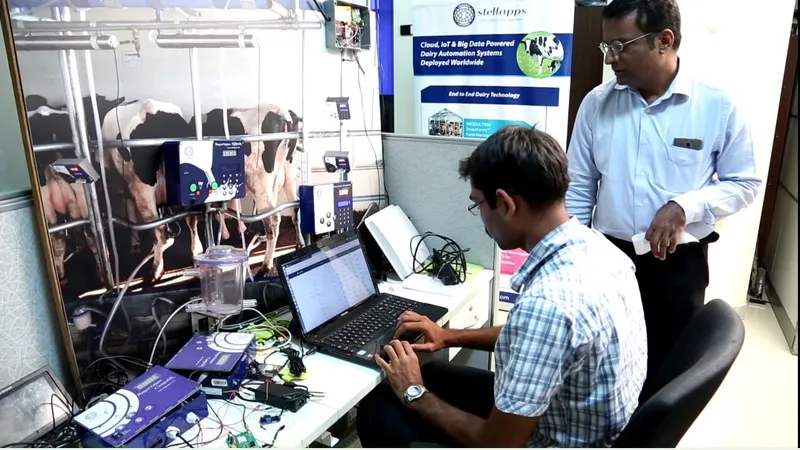
“We plan to monetise transactions such as charging for API (application programming interface) access to the platform, and extend into other verticals such as a factory / industrial setting, and other cold chain segments,” he adds.
Ranjith believes they have no direct competitors offering a similar IoT-based solution. But there are product players, who are primarily hardware-centric companies, and an IoT platform is not part of their approach.
After India, Stellapps plans to aggressively expand its business to other emerging markets such as Africa, Southeast Asia, Latin-America, other SAARC nations), and in developed markets in Europe and the US through partnerships with large original equipment manufacturers.
“We have also partnered with Smart Dairy, a Netherlands-based firm that develops smart dairy farms to set up 25 SmartFarms in Kenya,” says Ranjith.
“Currently, given the unique nature of our solution, market demand exceeds our execution/production capacity. We are considering setting up channel partners and dealer networks to sell retail-oriented products like the animal wearables,” he explains, adding that they have seen interest from potential clients like Nestlé-India, which has reportedly shown an interest in Stellapps’ milk procurement system, smartAMCU™,” he adds.
As finalists in the Qualcomm® Design in India Challenge II, Ranjith and his team have been working closely with Qualcomm to build low-cost and low-power, IoT-enabled devices for animal husbandry applications that can be used in the dairy and equine industries. Other than leveraging Qualcomm’s hardware and software for their solutions, the team also gets support in product design, easier access to the Qualcomm ecosystem which ensures faster technology validation, and quicker access to the new Qualcomm chipsets.
At present, the Stellapps team is building connectivity modules using Qualcomm’s Atheros QCA4004 chipsets to provide W-iFi connectivity across multiple chilling stations in a milk collection centre.
Stellapps is also looking for potential partnerships within Qualcomm Ventures’s Global Portfolio companies for collaboration on cross-border distribution and new geographical expansion.
India is the world’s largest producer of dairy products by volume, accounting for more than 18 percent of world’s total milk production. The Indian milk economy is worth $70 billion, of which the organised Indian dairy market is worth $12.4 billion, and growing at 23 percent year over year.
The global dairy industry is expected to reach $505 billion by 2017, at a CAGR (compound annual growth rate) of 5 percent. According to a report published by Dr Peter Harrop on Wearable Technology for Animals 2017-2027: Technologies, Markets, Forecasts, the animal wearables market alone will be valued at $22 billion.
With the die so firmly cast in its favour, the time seems right for Stellapps to make its impact on the market and take an industry rooted in millennia-old tradition to unprecedented technological heights.






